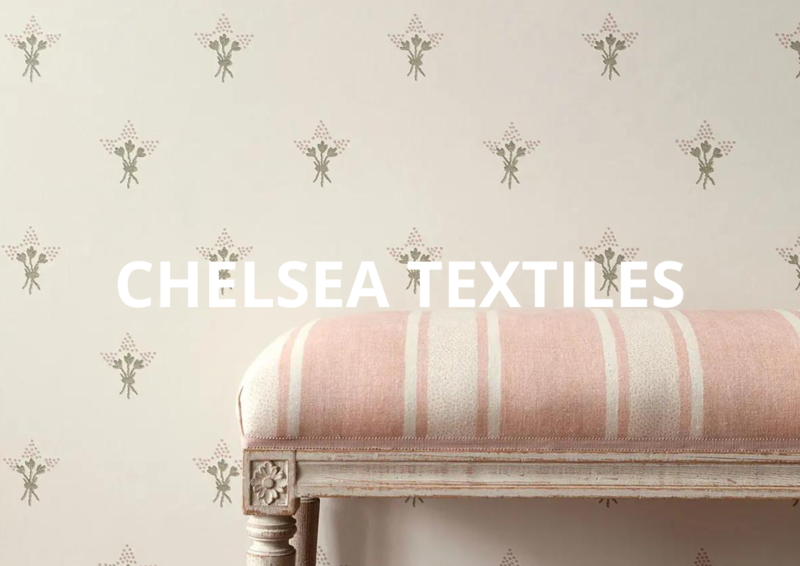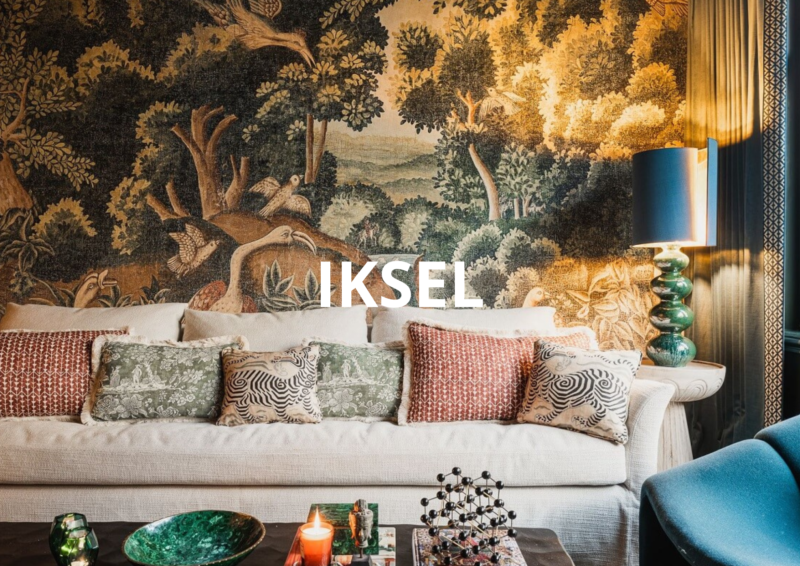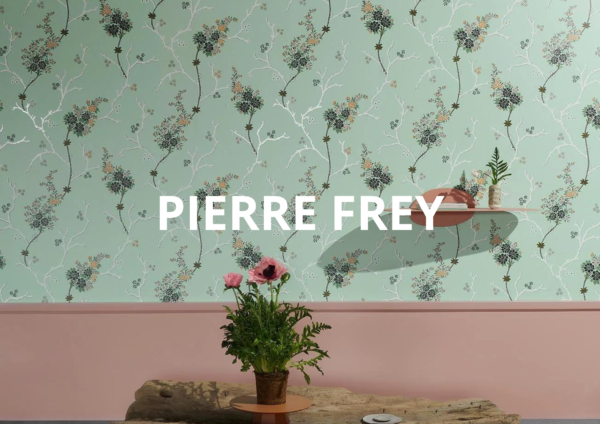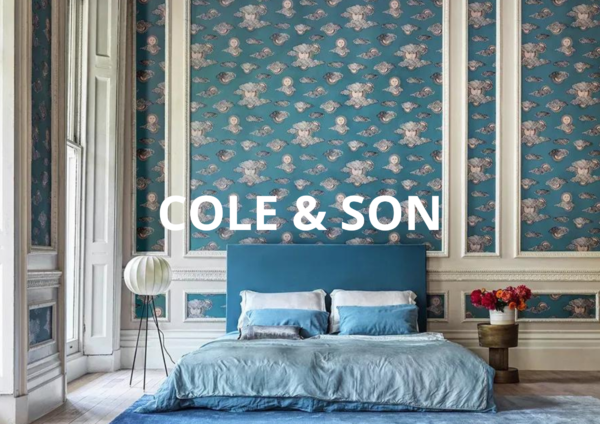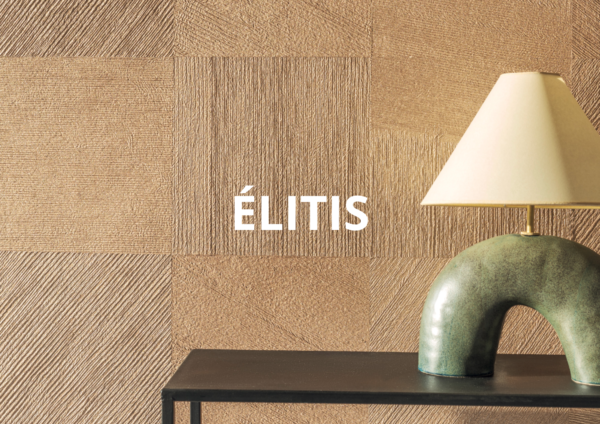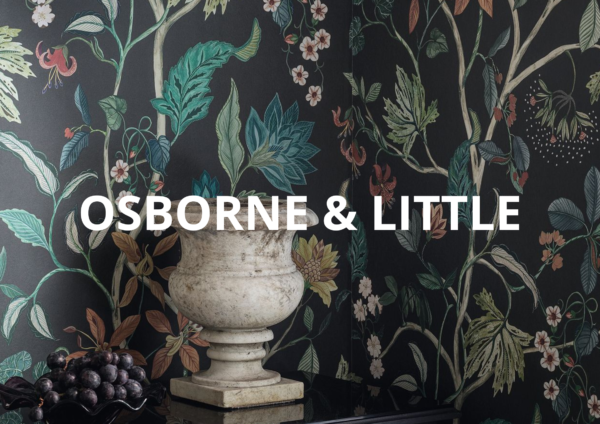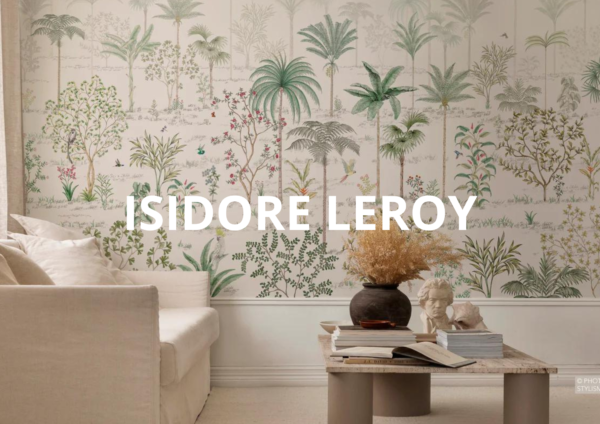Wallpaper comes from the Orient. It began to arrive in Europe in the 17th century thanks to trade with that part of the world. One of the best oriental examples is exhibited in the Harewood House in the United Kingdom. Its first success came with the Industrial Revolution thanks to the cheapening of its manufacture due to mechanization.
Wallpapers have been fashionable at various times during the 20th century. At the beginning of the century, simple motifs, usually floral, proliferated. In the 1930s and 1940s, they evolved into geometric patterns. Finally, they became very popular during the 1960s and especially the 1970s, when they were distributed in a wide variety of colors and designs.
Nowadays, it can be said that paper enjoys a high popularity. Among the new decoration trends applied to it, we can highlight from papers with digitized images that recreate flowers, landscapes, animals, etc... to retro prints, reproducing designs that were in vogue in the 70s.
Different types of wallpaper can be distinguished, to be used depending on the characteristics of the room to be decorated.
Finishes and features
Embossed wallpaperIt consists of a single layer of paper and is placed on the wall with the help of glue. We can find papers in Osborne & Little.
It has a plastic layer covering the paper that protects it from moisture and makes it easy to clean with a damp cloth.
This type of paper is highly recommended for places exposed to moisture, such as kitchens and bathrooms. It is also very useful for children's rooms because of the convenience of being able to clean them easily. We can find vinyl wallpaper for example in Elitis.
It is used to give a texture to the wall before painting. It is very useful to cover surface imperfections.
It is a very decorative paper but less practical than the previous ones since they are difficult to clean and to place them a special glue is needed.
Wallpapering
Before installing the wallpaper, it is necessary to prepare the walls on which it is going to act. If they are new walls, it is necessary to apply a pre-glue on the plaster. In case of papered walls, it is necessary to lift the previous papers using a desizing material and scraping it with scrapers. It is also essential to remove the stippled wallpaper, in case it exists. In the case of very irregular surfaces, it is convenient to smooth them by introducing putty in the holes or applying plaster in the sunken areas.
The calculation of the number of rolls needed is done by dividing the perimeter of the room excluding doors and windows by the length of each roll. Then, it is multiplied by the number of rolls that fit in height (height of the room divided by the width of the roll) taking into account that they have to overflow at the top and at the bottom and waste a part to match the designs.
To glue the wallpaper, proceed as follows: Spread it on a smooth surface and glue half of its surface. Then, this piece is folded on itself. The operation is repeated with the other half. Then, the cloth is placed on the wall starting from its highest part and extending it downwards. With the gluing brush, it is smoothed while eliminating the air bubbles. It is convenient to leave a small remainder in the upper part to cut it. The operation is repeated with the rest of the rolls, always taking care to match the drawings. Finally, cut the excess parts using scissors or a blade. It is recommended to start wallpapering on the side of a door or window and continue from there around the perimeter of the room.

